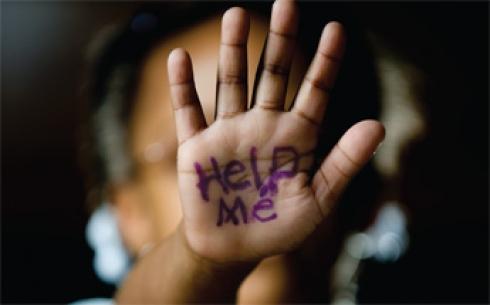By Daniel Pollack, MSSA, Esq.

We all make mistakes: Our perception or judgment turns out to be wrong. There is a misunderstanding. We are inattentive. We fail to act appropriately to deter an avoidable negative outcome.
At an early age we all heard our parents and teachers tell us that when we make a mistake we should admit it, take steps to ensure it does not happen again, and then move on. For whatever reasons–diminished status, outsized ego, loss of power, perception of vulnerability–it seems that while many of us grew up in an environment where admitting a mistake was commendable, in today’s litigious environment, too many of us opt to rationalize or paper over our errors. In the human services world, particularly child welfare and child protective services (CPS), this is most unfortunate, because the negative outcome usually involves an innocent child. When the inability to admit a mistake involves a high-level administrator, even all the way up to the director of a department, the problem is horrific.
The CPS system is vast:
- The national estimate of children who received a CPS investigation response or alternative response increased 9.5% from 2012 (3,172,000) to 2016 (3,472,000).
- The number and rate of victims have fluctuated during the past 5 years. Comparing the national rounded number of victims from 2012 (656,000) to the national estimate of victims in 2016 (676,000) shows an increase of 3%.
- Three-quarters (74.8%) of victims were neglected, 18.2% were physically abused, and 8.5% were sexually abused.
- For 2016, a nationally estimated 1,750 children died of abuse and neglect at a rate of 2.36 per 100,000 children in the national population” (U.S. Department of Health and Human Services, 2016, p. 4).
In 2016, there were 7.4 million referrals for suspected child abuse or neglect (U.S. Department of Health and Human Services, 2016, p. 6). It is therefore no wonder that so many DHS/DSS directors have had a CPS case that caused their eventual downfall. The case made them look either incompetent or politically partisan, or both.
Instant replay in professional sports is ubiquitous. Cameras are recording every play from every angle. Umpires and referees can be immediately vindicated or discredited on many calls. CPS is only vaguely similar. At times, decision-making is obvious and clear-cut. But often, it is shades of gray–sometimes light, sometimes dark–and always in motion. Most importantly, perceptions and judgments made weeks or months ago must constantly be reframed and rethought based upon new information and insights. The past is always in the present.
From a legal and liability viewpoint, nothing enhances the dollar value of a lawsuit like reviewing the file of a child who has died or been severely injured, and seeing that the director had an opportunity to correct a mistake yet instead stubbornly insisted that no mistake was made in the first place. In a word, he or she covered up a misstep.
Napoleon Bonaparte was wrong when he said, “In politics… never retreat, never retract… never admit a mistake.” Applied to the world of child protection, dead wrong.
Let’s not be naïve: Being the director of a department of human services is as much the result of a political process as the result of a meritocracy. As such, the most competent person is not always selected. As in any organization, CPS investigators and supervisors take their cues from the top. What the director does reflects the culture of the department. When winks and nods suggest more regard for the department’s image than the children it is supposed to protect, lawsuits can morph into scandal. And that’s when directors rightfully lose their jobs.
Integrity is not an object that is lost or misplaced. It is a value that is too easily forfeited.
About the Author:
Daniel Pollack, MSSA (MSW), Esq. is Professor at Yeshiva University’s School of Social Work in New York City and a frequent expert witness in child abuse and foster care cases.
Reference:
U. S. Department of Health & Human Services, Administration for Children and Families, Administration on Children, Youth and Families, Children’s Bureau. (2018). Child maltreatment 2016. Available at: https://www.acf.hhs.gov/cb/research-data-technology/statistics-research/child-maltreatment.
